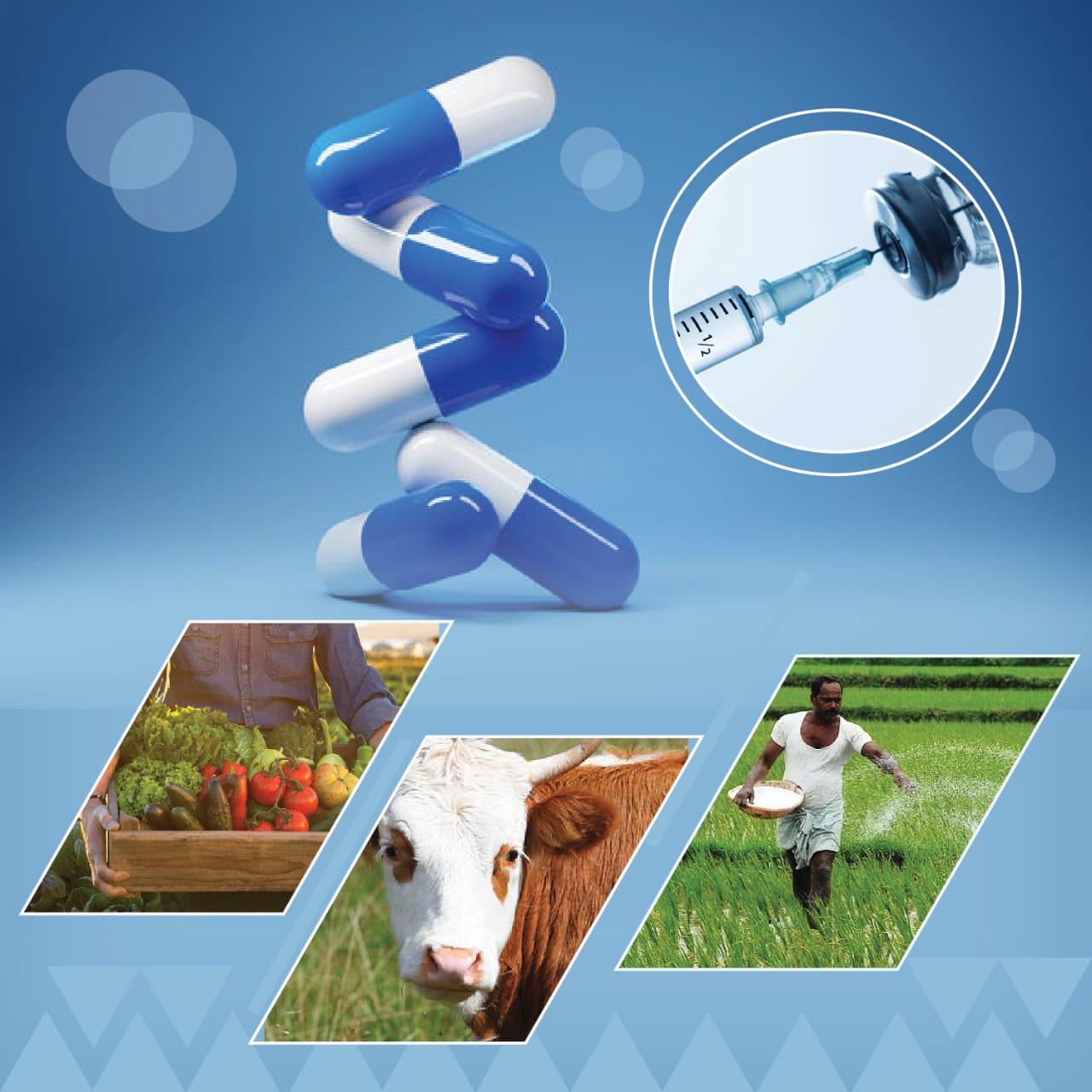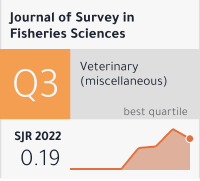Emerging Trends In Computational Biosensors: Challenges And Future Directions
DOI:
https://doi.org/10.53555/sfs.v10i1.1280Keywords:
Computational biosensors, Computational methods, Target analytesAbstract
Biosensors are powerful analytical devices that detect and quantify target analytes in a sample. Due to their high selectivity and sensitivity, enzymes, proteins, antibodies, peptides, and whole cells are commonly used as sensing elements in biosensors. However, the design and optimization of biosensors can be challenging due to the complexity of these biomolecules and their interactions with target analytes. In recent years, computational methods have emerged as powerful tools for designing and optimizing biosensors, enabling researchers to predict the behavior of biomolecules and their interactions with target analytes. Computational fluid mechanics can aid in the design of microfluidic systems for biosensing applications. In contrast, molecular dynamic simulation, molecular docking, quantum mechanics, and virtual screening methods can be used to predict the behavior of biomolecules at the atomic level and study the binding kinetics and thermodynamics of interactions. This paper critically discusses the use of computational methods in biosensors, focusing on enzyme-based, protein-based, antibody-based, peptide-based, and whole-cell-based biosensors. We also review using computational fluid mechanics, molecular dynamic simulation, molecular docking, quantum mechanics, and virtual screening methods in biosensor design and optimization. Additionally, we discuss the applications of these computational methods and biosensors in healthcare, environmental monitoring, food safety, biodefense, and security. Combining computational biosensors and computational methods offers tremendous potential for developing advanced biosensors with enhanced sensitivity, specificity, and accuracy. However, challenges remain, such as the need for more accurate models and the integration of experimental and computational approaches. We conclude by discussing the prospects and challenges of computational biosensors and methods, highlighting the need for further research to drive innovation and improve human health and well-being.









